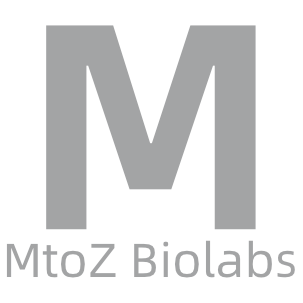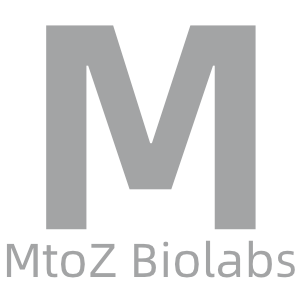Metabolomics Analysis
-
• Neurotransmitters Analysis Service
Neurotransmitters are endogenous chemicals that transmit signals across a synapse from one neuron (nerve cell) to another 'target' neuron, muscle cell, or gland cell. Neurotransmitters can be classified into several categories. Amino acids like glutamate and GABA are key excitatory and inhibitory neurotransmitters in the brain, respectively. Monoamines, including dopamine, norepinephrine, and serotonin, play crucial roles in mood, arousal, and cognition.
-
• Methionine Cycle Metabolism Analysis
Methionine is a vital sulfur-containing amino acid that plays a crucial role in various biological processes, including protein synthesis, methylation reactions, and the production of essential molecules such as S-adenosylmethionine (SAM). The Methionine Cycle, a central metabolic pathway, is intricately involved in these processes, where methionine is converted to SAM, which subsequently donates methyl groups to various substrates, including DNA, RNA, and proteins.
-
• Parasites Metabolome Analysis Service
The metabolome of a parasite represents the complete set of small-molecule metabolites found within a parasite, which are the end products of its gene expression. Understanding the metabolome of parasites can provide valuable insights into their biology, including metabolic pathways, nutrient acquisition, host-parasite interactions, and responses to anti-parasitic drugs.
-
• Staphylococcus Aureus Metabolome Analysis Service
Staphylococcus aureus is a type of bacterium that can cause various diseases such as skin infections, respiratory diseases, and food poisoning. Due to its widespread occurrence and diverse pathogenicity, it is a significant area of interest in the field of medical microbiology. In recent years, metabolomics analysis has been widely applied in the research of Staphylococcus aureus to explore the metabolic pathways related to pathogenesis and antibiotic resistance...
-
• Vibrio Cholerae Metabolome Analysis Service
Vibrio cholerae is a Gram-negative bacterium responsible for cholera, a severe diarrheal disease that remains a significant public health challenge in many parts of the world. This pathogen thrives in aquatic environments and is transmitted primarily through contaminated water and food. Once ingested, V. cholerae colonizes the small intestine, producing the cholera toxin, which disrupts the normal ion transport in the intestinal epithelium, leading to rapid fluid loss and severe dehydration.
-
• Gut Microbiota Metabolomics Services
Gut microbiota metabolomics is the comprehensive study of metabolites produced by the gut microbiota and their interactions within a biological system. The gut microbiota, composed of trillions of microorganisms, plays a crucial role in human health by influencing metabolic, immune and neurobehavioral traits. Understanding the metabolic profiles of gut microbiota can help elucidate the mechanism of gut microbiome in disease progression and treatment response.
-
• Postmortem Metabolomics Service
Decomposition of cadavers is a complex and dynamic process involving a series of biochemical changes that occur after death. As cells break down, a multitude of metabolites are released, creating a unique metabolic signature that evolves over time. The study of these metabolites, known as postmortem metabolomics, provides valuable insights into the biochemical pathways activated during decomposition.
-
Aging, a complex biological process, is accompanied by a series of changes in the metabolome. These alterations can be attributed to various factors such as genetic variations, environmental factors, and lifestyle choices. These changes, observed at the metabolic level, can provide critical information for understanding the mechanisms of aging and developing interventions for age-related diseases.
-
• Newborns Metabolomics Service
Newborns represent a critical period in human development, where rapid physiological changes and metabolic adaptations occur as they transition from the intrauterine environment to the external world. During this time, the metabolic profile of a newborn is highly dynamic and can reflect various factors, including genetic predispositions, nutritional status, and exposure to environmental influences.
-
Gout is a complex form of inflammatory arthritis characterized by sudden, severe attacks of pain, redness, and tenderness in joints, most commonly the big toe. The etiology of gout is multifactorial and involves a wide array of metabolic processes. It is primarily caused by the accumulation of urate crystals in the joints, resulting from elevated levels of uric acid in the blood. This hyperuricemia can be due to an overproduction of uric acid or inefficient excretion by the kidneys.
How to order?







